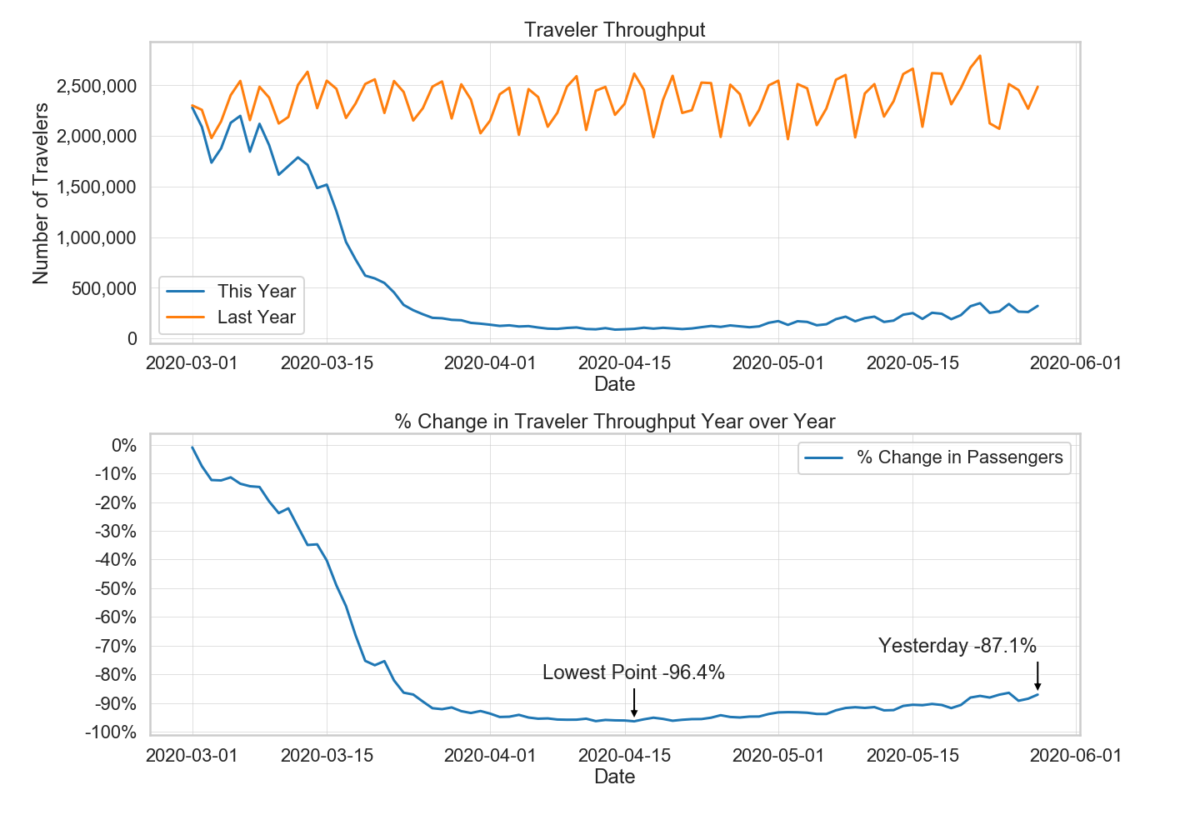Data Analytics Simplified
Automate Smarter. Scale Faster.

Welcome to Data Analytics Simplified, a blog dedicated to helping you streamline data workflows, automate processes, and scale your infrastructure—without the headaches. Whether you’re battling messy spreadsheets, inefficient pipelines, or trying to get the most out of your data analytics investments, you’re in the right place.
Why You’re Here:
- Your Data Outgrew Your Infrastructure: Your setup worked for a while, but now it’s bursting at the seams. It’s time to upgrade, streamline, or rebuild entirely.
- Your Analytics Aren’t Delivering: You’ve invested in analytics tools and tech, but the results are underwhelming. You need insights, not excuses.
- You’re New to the World of Data: You’re navigating the complexities of data engineering for the first time and need practical, actionable advice to get started.
What You’ll Get:
I’ll share proven strategies, tips, and frameworks from my experience in data engineering and analytics, focusing on:
- Automation: Save time and reduce errors with automated workflows and processes.
- Operational Efficiency: Improve the scalability and reliability of your data infrastructure.
- Practical Problem-Solving: Explore innovative tools and technologies that get the job done efficiently and cost-effectively, without the need for overly complex or tailored solutions.
Data doesn’t have to be overwhelming. With the right approach, you can declutter, optimize, and build a solid foundation for data science and analytics.
Let’s get to work.
Recent Posts
-
Bypass table create syntax with DB Browser for SQLite
Creating the syntax for new SQL tables can be a pain especially for CSV files with a lot of columns. I’ve started using DB Browser for SQLite because I prefer GUI interfaces over the command line. A big benefit of using DB Browser is that I can quickly create tables from CSV files and start…
-
Easily Append Rows to a Table from Multiple CSV files using DB Browser for SQLite
Here is a cool trick I found while working with DB Browser. I had multiple CSVs that all needed to into 1 table. This is possible and the steps to do it aren’t explicit. Here’s what you’ll need to do:
-
Update a table with values from a related table in SQLite
Updating a column in a table based on values in a second table proved to be quite a difficult operation in SQLite. It’s not as straightforward as it is in MySQL where one can use an inner join.
-

Importing and Analyzing TSA Throughput data in Python
The TSA has started to publish the daily volume of passengers going through checkpoints on its website. The data set also includes the numbers from 2019 in order to measure the impact of travel as a result of COVID-19. It’s a really interesting leading indicator of a recovery in the travel sector. In this post,…
-
Create a Pandas Dataframe from Two or More Lists
You might encounter this if you simply have a python file of lists or you may have a list from webscraping.
-
Why do my dates appear as 43,000 numbers in excel? Here’s how to fix that
Incorrect number formatting in a cell can cause your cell to appear as something totally different and it can be so frustrating. Dates can sometimes appear as numbers and it’s easy to think you are going crazy. Here’s how to fix it.
-
How to pull external data from a website into Google Sheets
Google Sheets has an awesome formula that automatically pull data from a website. This can be a huge time saver especially if you manually pulling data frequently.
-
Repeat an item in Excel X number of times
In this post, I’m going to walk you through how to take a list of items and repeat each list element X number of times to create a longer list.